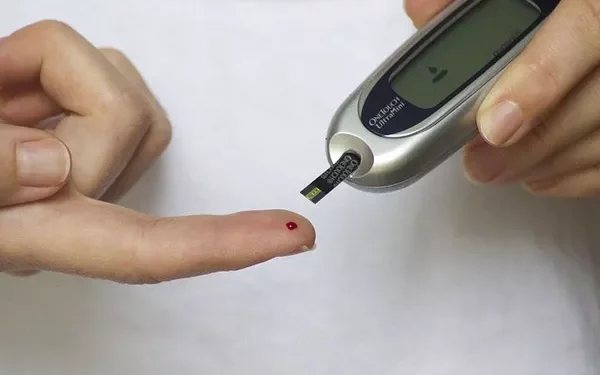In recent months, social media platforms have been rife with misleading information regarding the diagnosis of diabetes. This surge of unverified claims has the potential to severely impact public health, as many people unknowingly believe and share these falsehoods.
What’s Being Circulated?
Several self-proclaimed experts online are propagating a series of myths, including:
Frequent Changes in Diagnostic Criteria: Allegations suggest that the criteria for diagnosing diabetes have been repeatedly altered in recent years.
Lowered Diagnostic Thresholds: Claims are being made that the thresholds for diagnosing diabetes have been reduced, leading to inflated numbers of diagnosed cases.
Increased Diabetes Diagnoses: It’s argued that lowering diagnostic thresholds has resulted in millions of additional people being labeled as diabetics.
Arbitrary Decisions: Some suggest that these changes are decided by a select few, based on random and subjective parameters.
Pharmaceutical Influence: There is a belief that the increase in diagnosed cases benefits the pharmaceutical industry, as more people require medication.
Are These Claims Valid?
The truth is far from these claims. The diagnostic criteria for diabetes have been well-established for decades. In 1979, the World Health Organization (WHO) set the first formal criteria for diabetes diagnosis, primarily based on plasma glucose levels. According to these guidelines, fasting plasma glucose levels of 140 mg/dl or more, and a two-hour post-glucose level of over 200 mg/dl, were indicative of diabetes.
In 1997, the American Diabetes Association (ADA) made a significant adjustment by lowering the fasting plasma glucose threshold to 126 mg/dl while retaining the post-glucose cut-off of 200 mg/dl. This change was backed by research showing that fasting glucose levels between 126 and 140 mg/dl were associated with an increased risk of diabetes-related complications, thus justifying the need for stricter diagnostic criteria. These criteria have remained unchanged since 1997.
Understanding Prediabetes
The concept of prediabetes also emerged from these criteria. Initially, the 1979 WHO guidelines identified impaired glucose tolerance with post-glucose levels between 140 and 199 mg/dl, a standard that still holds today. The major shift in 1997 introduced the category of impaired fasting glucose, covering fasting glucose levels between 110 and 125 mg/dl. Further refinement came in 2003, when the ADA lowered the threshold for impaired fasting glucose to 100 mg/dl, based on studies showing increased risks of progressing to Type 2 diabetes and cardiovascular disease at this level. However, the WHO continues to use 110 mg/dl as its fasting glucose cut-off.
Since these updates, the criteria for diagnosing diabetes through fasting plasma glucose and oral glucose tolerance tests have remained consistent. The only significant addition came in 2009 when HbA1c, which measures average blood sugar levels over three months, was incorporated. An HbA1c level of 6.5% or higher now serves as a diagnostic marker for diabetes, while levels between 5.7% and 6.4% indicate prediabetes.
The Reality of Prediabetes in India
Prediabetes is particularly concerning due to its potential to progress to full-blown diabetes or, in some cases, remission. In India, about 60% of individuals with prediabetes develop diabetes within five years. Initiatives like the Indian Diabetes Prevention Programme (IDPP) have shown that lifestyle interventions can reduce the risk of progression by approximately 28-35%. Notably, medication is prescribed to only a small percentage of people with prediabetes, emphasizing the importance of lifestyle changes.
The last significant adjustment in 2003, which included a broader range of people in the prediabetes category, was aimed at helping individuals recognize their risks and take preventive action. Contrary to online claims, the increase in diabetes prevalence is a real and growing concern, not the result of altered diagnostic criteria.
Conclusion
Misinformation about diabetes diagnosis is not only misleading but dangerous. It’s crucial to rely on the expertise of qualified medical professionals rather than unverified social media posts. If you have concerns about your blood sugar levels or the risk of diabetes, consult a healthcare provider who can provide accurate information and guidance.
Related topics:
Mpox and Its Impact on Individuals with Diabetes and Other Comorbidities
Diabetes Rates Soar 18.6% in U.S., Exposing Racial and Economic Inequities
Study Links Meat Consumption to Increased Risk of Type 2 Diabetes

























